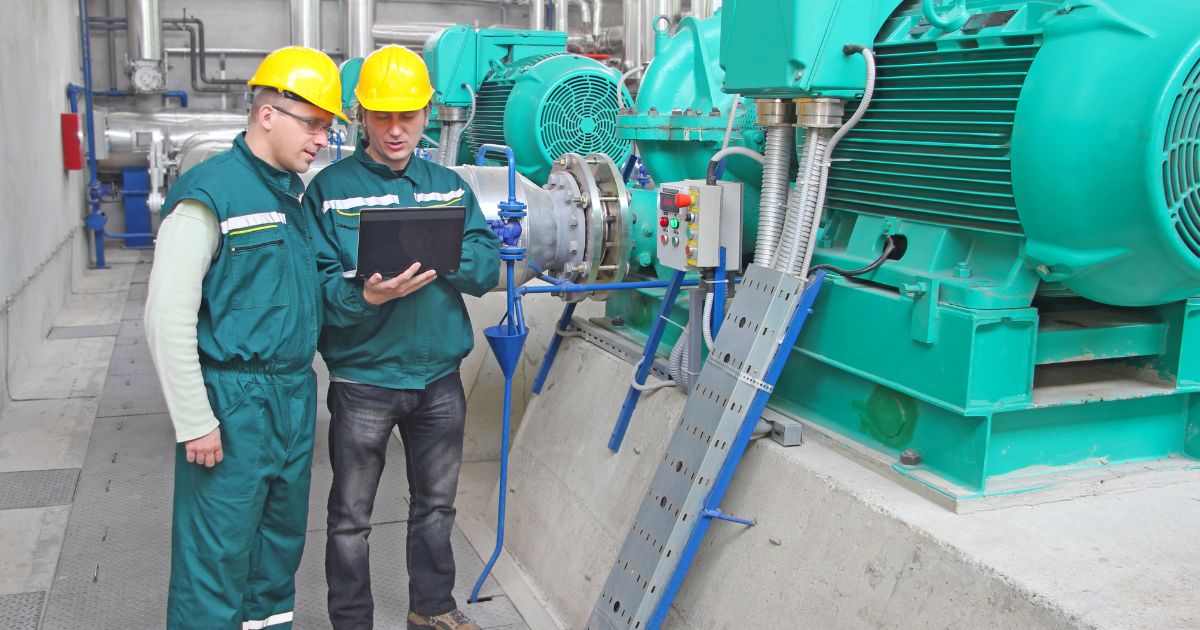Tank cleaning plays a crucial role in maintaining the efficiency and safety of industrial operations. Whether in oil and gas, food production, or wastewater management, regular tank cleaning ensures that equipment remains operational, complies with regulations, and prevents contamination. However, this seemingly routine task carries significant risks. From hazardous materials to complex equipment, the dangers associated with tank cleaning are real and must be addressed proactively. In this blog, we’ll explore the most common hazards involved in tank cleaning and provide practical safety tips to ensure your team operates effectively and safely.
The Hidden Dangers of Tank Cleaning
Tank cleaning isn’t as straightforward as it might seem. Workers are required to enter confined spaces, often dealing with residues of hazardous substances, unpredictable atmospheric conditions, and the potential for equipment-related accidents. Each of these factors adds complexity and risk to the task, requiring a thorough understanding of what’s involved.
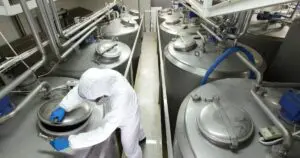
Toxic Fumes and Chemical Exposure
Many tanks store hazardous materials, such as chemicals, petroleum products, or industrial waste. During the cleaning process, these substances can release toxic fumes that pose serious health risks, including respiratory issues, skin burns, or even long-term damage if inhaled or touched. The danger intensifies when dealing with volatile substances, as workers may not immediately detect the presence of harmful vapors.
To mitigate these risks:
- Conduct air quality testing before entry.
- Use proper ventilation systems to remove fumes.
- Equip workers with personal protective equipment (PPE), such as respirators and chemical-resistant gloves.
Understanding the nature of the tank’s contents and how they interact during cleaning is key to protecting workers. Taking these steps ensures a safer environment and reduces the likelihood of accidents.
Oxygen Deficiency
While toxic fumes are a major concern, the lack of oxygen inside tanks can be equally dangerous. Over time, tanks that are sealed or contain specific materials can develop an oxygen-depleted atmosphere, creating life-threatening conditions for workers. Unlike toxic fumes, low oxygen levels can be harder to detect without specialized equipment, making this hazard particularly insidious.
To address oxygen deficiency:
- Test oxygen levels before and during cleaning with portable gas monitors.
- Use portable ventilation systems to maintain airflow.
- Always have an emergency rescue plan in place with trained personnel.
With proper preparation and monitoring, teams can mitigate this silent hazard, ensuring workers operate confidently and safely.
Flammable and Explosive Conditions
One of the most significant risks in tank cleaning comes from the presence of flammable or explosive residues. Even small amounts of leftover material, combined with oxygen and an ignition source, can result in catastrophic fires or explosions. Sparks from cleaning tools, static electricity, or even improper footwear can trigger such incidents.
To minimize these risks:
- Thoroughly inspect tanks for flammable residues.
- Use intrinsically safe tools and equipment to prevent sparks.
- Train workers to recognize and eliminate potential ignition sources.
By taking a proactive approach, teams can effectively address flammable hazards, creating a safer and more controlled cleaning process.
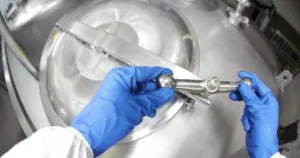
Best Practices for Safe Tank Cleaning
Understanding the risks is only half the battle. To truly create a safe and effective tank cleaning process, companies need to implement best practices that go beyond standard protocols. These measures ensure not only the safety of workers but also the longevity and compliance of the tanks themselves.
Comprehensive Risk Assessments
Every tank cleaning operation should begin with a thorough risk assessment. Understanding the specific hazards associated with the tank’s contents, structure, and environment allows teams to create a targeted safety plan. Risk assessments also help determine the need for specialized equipment, additional safety measures, or professional services.
A well-conducted risk assessment reduces uncertainties and empowers workers with the knowledge they need to handle the task effectively.
Confined Space Entry Programs
Since tanks qualify as confined spaces, they require strict protocols to comply with Occupational Safety and Health Administration (OSHA) standards. Workers must be trained and authorized to work in these spaces, and entry should only occur with the proper permits and safeguards in place.
An effective confined space program includes:
- Training workers to recognize and mitigate confined space hazards.
- Ensuring permits are issued before any entry.
- Using a monitoring system to track atmospheric changes.
These measures don’t just ensure compliance, they also create a culture of safety, reducing risks and promoting accountability.
Emergency Preparedness
Even with the best precautions, emergencies can happen. Whether it’s an unexpected drop in oxygen levels, an equipment malfunction, or exposure to hazardous substances, having a robust emergency response plan is essential.
An effective emergency plan includes:
- First aid kits and safety equipment easily accessible on-site.
- Regular emergency drills to prepare workers for real-life scenarios.
- Clear communication protocols for rapid response.
Emergency preparedness provides peace of mind and ensures workers can act quickly and effectively when faced with the unexpected.
Benefits of Professional Tank Cleaning Services
While companies can take steps to improve their internal tank cleaning processes, there’s no substitute for professional expertise. Professional tank cleaning services bring advanced technology, specialized equipment, and a deep understanding of safety standards. These experts can tackle challenging jobs while minimizing risks and ensuring compliance. Outsourcing tank cleaning to professionals allows companies to focus on their core operations, knowing the task is being handled safely and efficiently.
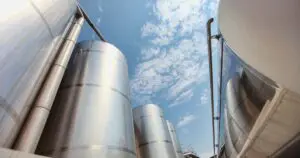
Conclusion
Tank cleaning is a complex operation where safety and precision go hand in hand. It’s not just about maintaining equipment, it’s about safeguarding your workforce, meeting regulatory standards, and ensuring uninterrupted operations. By addressing hazards like toxic fumes, low oxygen levels, and explosive residues with thorough planning and proper safety protocols, companies can mitigate risks and foster a culture of safety. The right practices transform a high-risk process into a streamlined and manageable task, protecting both people and productivity.
Environmental Remedies brings unparalleled expertise to the table, offering tailored tank cleaning solutions that prioritize safety, efficiency, and environmental responsibility. Our team is equipped with the skills and tools to tackle even the most demanding tank cleaning challenges, ensuring your operations remain compliant and your equipment performs at its best.
Take the next step toward safer, smarter tank cleaning with Environmental Remedies. Let us help you protect your team and your bottom line while meeting your industry’s highest standards. Request a quote today to explore how we can partner with you for lasting success.

